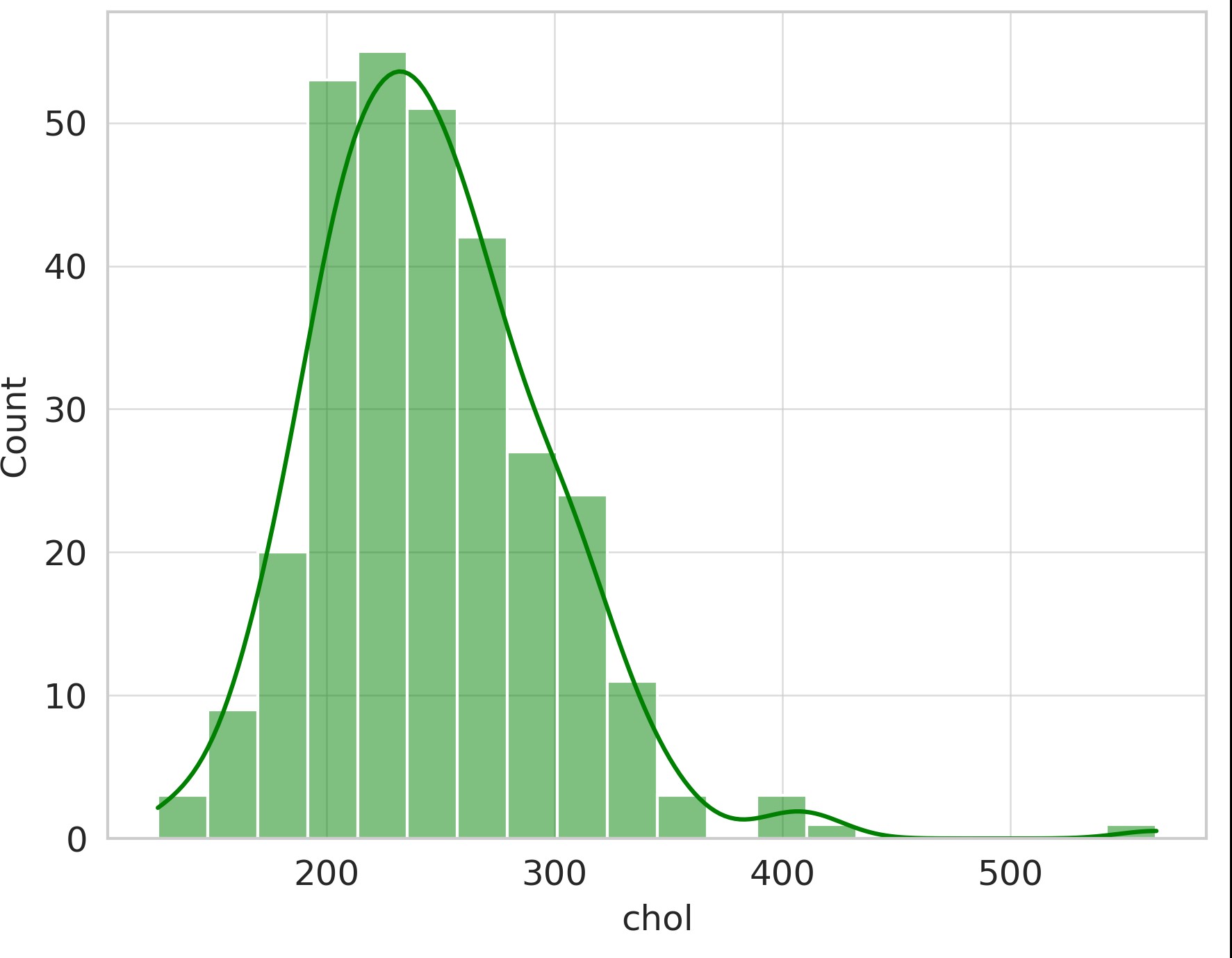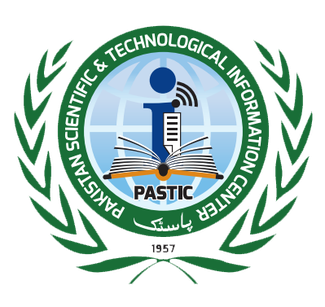Improving Cardiovascular Disease Prediction Accuracy with Three-Way Decisions
Keywords:
Cardiovascular Disease Prediction, Machine Learning, Three-Way Decisions, Rough Set Theory, Medical Diagnostics, Predictive ModelingAbstract
Cardiovascular Disease (CVD) is a leading cause of death worldwide, making accurate and early risk prediction crucial for better patient outcomes. Traditional CVD prediction models often rely on binary decision-making, which struggles with uncertain or borderline cases, leading to misclassification and ineffective treatment strategies. This research proposes an advanced predictive model that combines machine learning algorithms with a three-way decision approach to improve the accuracy and reliability of CVD risk assessment. The three-way decision model, based on rough set theory, divides decisions into three categories acceptance, rejection, and deferment—allowing for more detailed and informed predictions. Using the Cleveland Heart Disease dataset, this study applies machine learning techniques such as Random Forest (97.14% accuracy), Logistic Regression (91.30% accuracy), Naïve Bayes (88.24% accuracy), and Support Vector Machine (89.74% accuracy) to evaluate the model’s effectiveness. The results show that integrating three-way decisions with machine learning improves predictive performance, especially for unclear cases, enhancing clinical decision-making. However, the model’s reliance on dataset quality and threshold selection poses some limitations that need further investigation. This research introduces an intelligent and flexible approach to CVD prediction, which could reduce diagnostic errors and support early interventions for high-risk patients.
References
W.H.O, “Cardiovascular diseases (CVDs),” World Heal. Organ., 2024, [Online]. Available: https://www.who.int/news-room/fact-sheets/detail/cardiovascular-diseases-(cvds)
T. O. Hirotsugu Ueshima, Akira Sekikawa, Katsuyuki Miura, Tanvir Chowdhury Turin, Naoyuki Takashima, Yoshikuni Kita, Makoto Watanabe, Aya Kadota, Nagako Okuda, Takashi Kadowaki, Yasuyuki Nakamura, “Cardiovascular Disease and Risk Factors in Asia: A Selected Review,” Circulation, vol. 118, no. 25, 2008, doi: https://doi.org/10.1161/CIRCULATIONAHA.108.79004.
W.H.O, “Noncommunicable diseases country profiles,” World Heal. Organ., 2024, [Online]. Available: https://www.who.int/teams/noncommunicable-diseases/surveillance/data/profiles-ncd
G. L. Khor, “Cardiovascular epidemiology in the Asia–Pacific region,” Asia Pac. J. Clin. Nutr., vol. 10, no. 2, pp. 76–80, Jun. 2001, doi: 10.1111/J.1440-6047.2001.00230.X.
H. I. Tetsuya Ohira, “Cardiovascular Disease Epidemiology in Asia,” Circ. J., vol. 77, no. 7, pp. 1646–1652, 2013, doi: https://doi.org/10.1253/circj.CJ-13-0702.
S. M. Y. A. Jonayet Miah, Duc M Ca, Md Abu Sayed, Ehsanur Rashid Lipu, Fuad Mahmud, “Improving Cardiovascular Disease Prediction Through Comparative Analysis of Machine Learning Models: A Case Study on Myocardial Infarction,” arXiv:2311.00517, 2023, doi: https://doi.org/10.48550/arXiv.2311.00517.
M. Hajiarbabi, “Heart disease detection using machine learning methods: a comprehensive narrative review,” J. Med. Artif. Intell., vol. 7, no. 0, Jun. 2024, doi: 10.21037/JMAI-23-152/COIF.
T. T. Dimitrios-Ioannis Kasartzian, “Transforming Cardiovascular Risk Prediction: A Review of Machine Learning and Artificial Intelligence Innovations,” Life, vol. 15, no. 1, p. 94, 2025, doi: https://doi.org/10.3390/life15010094.
K. G. Dinesh, K. Arumugaraj, K. D. Santhosh, and V. Mareeswari, “Prediction of Cardiovascular Disease Using Machine Learning Algorithms,” Proc. 2018 Int. Conf. Curr. Trends Towar. Converging Technol. ICCTCT 2018, Nov. 2018, doi: 10.1109/ICCTCT.2018.8550857.
C. T. and G. S. S. Mohan, “Effective Heart Disease Prediction Using Hybrid Machine Learning Techniques,” IEEE Access, vol. 7, pp. 81542–81554, 2019, doi: 10.1109/ACCESS.2019.2923707.
A. E. & E. A. Nadiah A. Baghdadi, Sally Mohammed Farghaly Abdelaliem, Amer Malki, Ibrahim Gad, “Advanced machine learning techniques for cardiovascular disease early detection and diagnosis,” J. Big Data, vol. 10, no. 144, 2023, doi: https://doi.org/10.1186/s40537-023-00817-1.
T. Islam, A. Vuyia, M. Hasan, and M. M. Rana, “Cardiovascular Disease Prediction Using Machine Learning Approaches,” Proc. Int. Conf. Comput. Intell. Sustain. Eng. Solut. CISES 2023, pp. 813–819, 2023, doi: 10.1109/CISES58720.2023.10183490.
J. X. L. Wang, M. Zhao, “Prediction of Coronary Heart Disease Using Risk Factor Categories and ML Algorithms,” IEEE J. Transl. Eng. Heal. Med., vol. 10, no. 4, pp. 285–292, 2022.
M. Nasiruddin, S. Dutta, R. Sikder, M. R. Islam, A. AL Mukaddim, and M. A. Hider, “Predicting Heart Failure Survival with Machine Learning: Assessing My Risk,” J. Comput. Sci. Technol. Stud., vol. 6, no. 3, pp. 42–55, Aug. 2024, doi: 10.32996/JCSTS.2024.6.3.5.
E. A. Mohammad Khan Afridi, Nouman Azam, JingTao Yao, “A three-way clustering approach for handling missing data using GTRS,” Int. J. Approx. Reason., vol. 98, pp. 11–24, 2018, doi: https://doi.org/10.1016/j.ijar.2018.04.001.
Yiyu Yao, “Three-way decisions with probabilistic rough sets,” Inf. Sci. (Ny)., vol. 180, no. 3, pp. 341–353, 2010, doi: https://doi.org/10.1016/j.ins.2009.09.021.
David Lapp, “Heart Disease Dataset,” Kaggle, 2024, [Online]. Available: https://www.kaggle.com/datasets/johnsmith88/heart-disease-dataset

Downloads
Published
How to Cite
Issue
Section
License
Copyright (c) 2025 50sea

This work is licensed under a Creative Commons Attribution 4.0 International License.




















